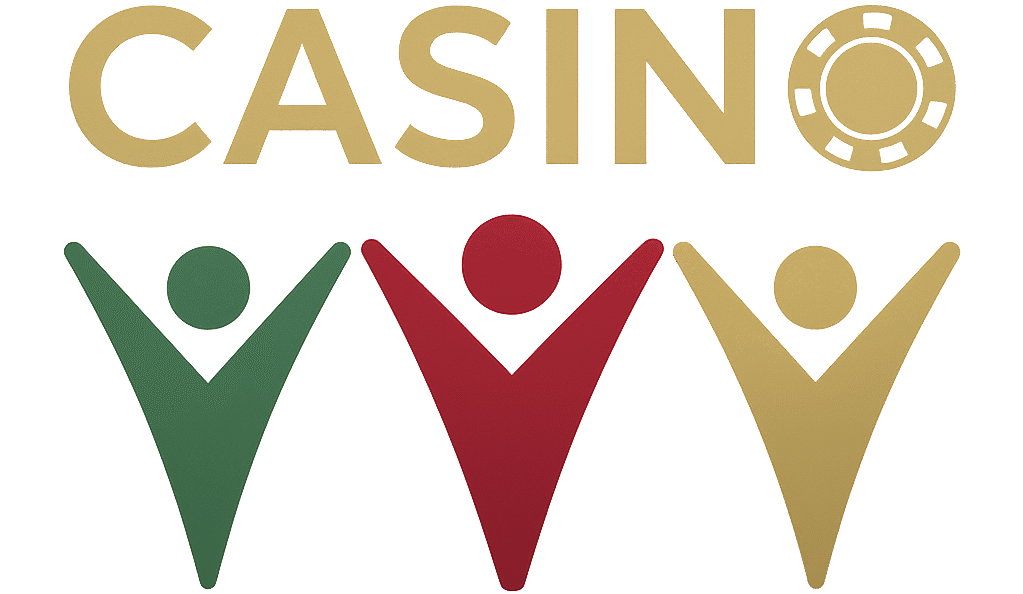
In Las Vegas, one of the clearest indicators of shifting market dynamics is the decline in live table activity. Golden Gate Casino, the city’s oldest operating property, announced in 2025 that it would remove all live dealer table games and replace them entirely with electronic alternatives — a move attributed to rising labor costs and reduced visitor demand (Covers, CasinoBeats). This example shows that empty poker tables are not always the result of player preferences alone but also reflect broader challenges such as economic slowdowns and declines in tourism.
In Macau, the picture reveals a different but equally telling trend. Authorities confirmed the closure of all 11 satellite casinos—third-party operated venues that together accounted for around 480 gaming tables—by the end of 2025, as part of regulatory reforms consolidating operations under major concessionaires such as SJM, Galaxy, and Melco (Asia Gaming Brief, Financial Times). This move represents more than just the physical removal of tables—it is a clear signal of structural transformation in the market, where reduced supply and tighter regulatory control mirror shifting economic and tourism realities.
Understanding the Empty Poker Tables Meaning
Empty poker tables can signify a variety of underlying factors within the gaming industry. This phenomenon often surfaces as a signal of shifting market dynamics, changing player preferences, or strategic decisions by casino operators. Across different regions, the reasons behind these quiet tables can vary, reflecting broader economic conditions or localized trends. For instance, a downturn in tourism might lead to fewer players, while an increase in online gaming could draw players away from physical venues.
Balancing Upside with Safeguards
In practice, casinos must navigate the delicate balance between maximizing revenue and ensuring player engagement. Empty tables might indicate missed opportunities, but they also offer a chance to reassess strategies. Consider a scenario where a once-popular poker room now stands deserted. Could this be a sign that players are seeking different experiences, or perhaps that promotional efforts need a boost? By understanding the empty poker tables meaning, operators can make informed decisions to revitalize their offerings.
Notably, regulatory environments also play a role in this equation. In some jurisdictions, strict gambling laws might limit the number of active tables, leading to strategic closures. Conversely, more relaxed regulations could encourage experimentation with new game formats or promotional tactics. What are the implications for casinos aiming to balance profitability with player satisfaction?
Execution Playbook: From Pilot to Scale
To transform empty poker tables into bustling hubs of activity, a strategic playbook is essential. Initially, casinos might pilot new initiatives, such as themed poker nights or exclusive tournaments, to gauge player interest. These pilots allow operators to test the waters without committing fully, and successful strategies can then be scaled up to enhance overall engagement.
Threading through these efforts is the need for continuous feedback. Player surveys, data analytics, and competitive analysis provide critical insights into what works and what doesn’t. By sketching out responsive strategies and adapting to player feedback, casinos can create vibrant gaming environments that attract and retain players.
In conclusion, the empty poker tables meaning extends beyond mere absence of players to encompass strategic opportunities for growth and adaptation. As casinos adjust to evolving market conditions and player expectations, understanding this phenomenon becomes crucial. Keep up with evolving empty poker tables meaning angles — join CasinoVVV updates.
Why are some poker tables empty in a casino?
Poker tables may be empty due to low demand at certain times, especially during off-peak hours or if a particular game is less popular.
How does the absence of players at a poker table affect the casino’s operation?
Empty poker tables can result in lost revenue opportunities for the casino, prompting them to reassess game offerings or table availability.
What strategies do casinos employ to fill empty poker tables?
Casinos may offer promotions, adjust buy-in levels, or host tournaments to attract more players and increase table occupancy.
Authored by CasinoVVV’s official editorial team, ensuring every article reflects clarity, depth, and reliability for the global gaming community.
Read also: Poker Membership Model: Neutral Definitions And Mechanics (not Legal Advice) • Video Poker Wagering Requirements Explained
